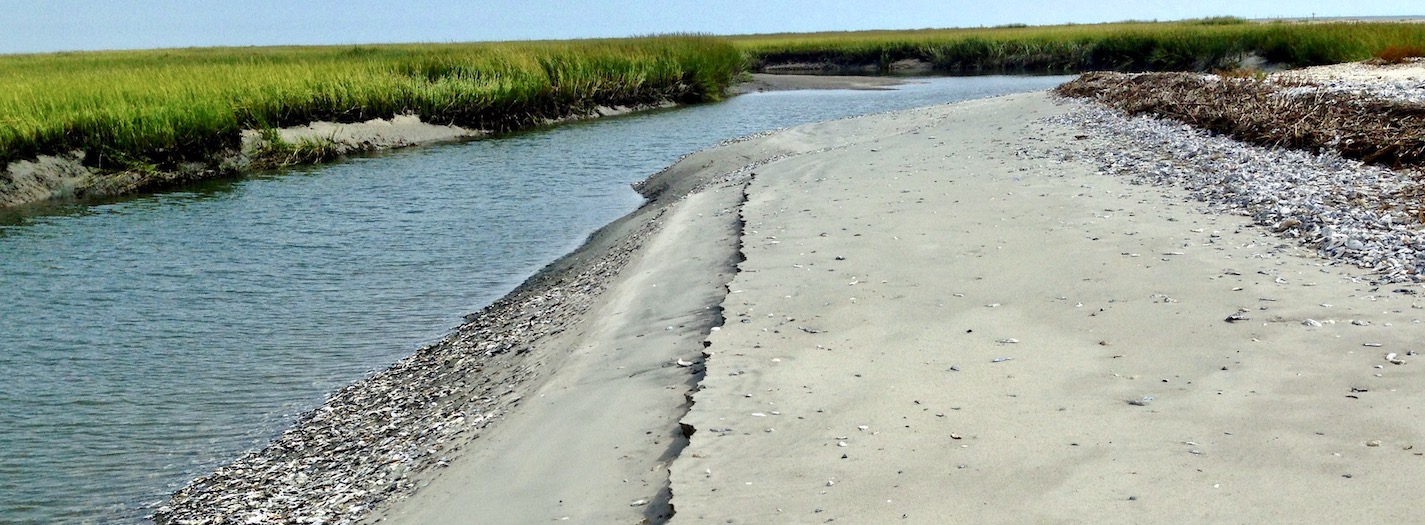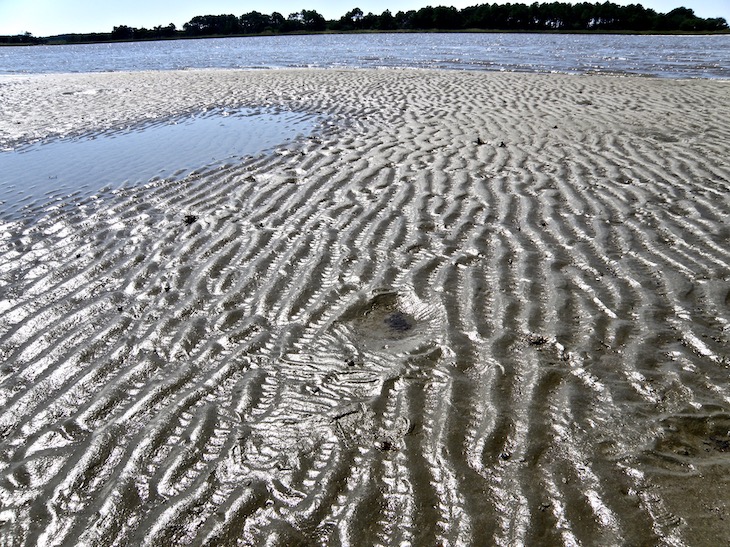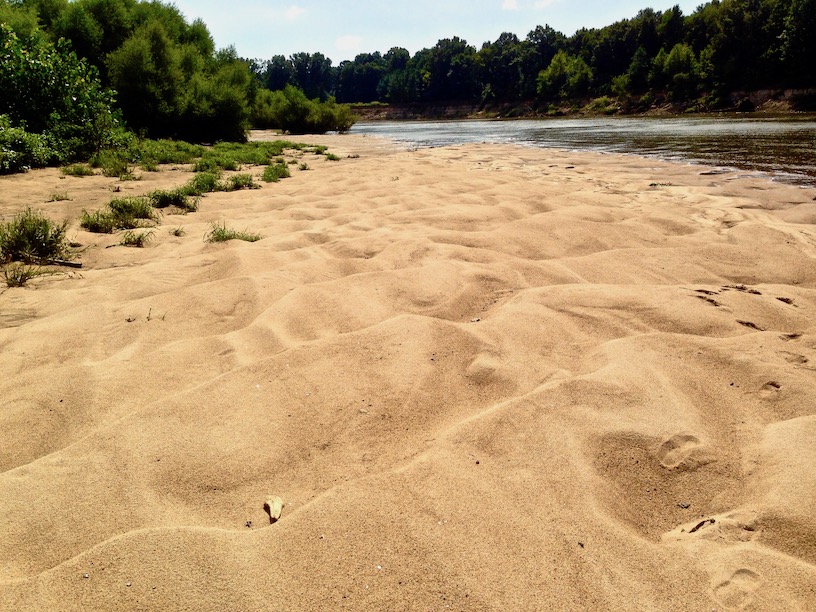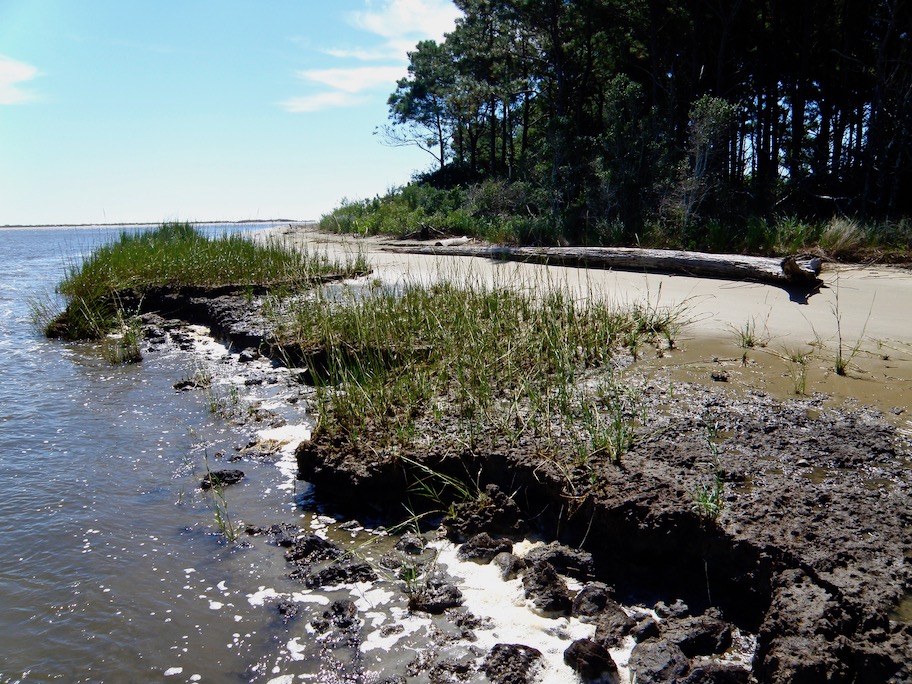
Modern Clastic Depositional Environments
Course Details
During this course, we will visit a range of depositional settings within one of the only river-fed deltas on the US east coast. The Santee Delta is a mixed-process delta of moderate to small size situated between the strandplain shorelines of Long and Onslow Bays to the north, and the barrier island-dominated coast to the south. We will discuss and gain first-hand knowledge of fluvial, deltaic, estuarine, barrier island, and shallow marine stratigraphic architecture and sedimentology at core and reservoir scale. The nearly direct connection between depositional processes and products that we can observe in these modern settings is crucial to understanding their subsurface distributions. By the end of this course, you will be able to identify the key stratigraphic components of siliciclastic, passive margin settings in the core, outcrop (trenches), and high-resolution seismic data. These components are the basic building blocks of hydrocarbon reservoirs and determine the vertical and lateral heterogeneity which ultimately influences connectivity and productivity.
Throughout our trip, we will define the basic stratigraphic elements and lithofacies associations found within a range of fluvial and paralic depositional environments. We will use these components to discuss depositional trends that we would expect in response to progradational, aggradational, or retrogradational conditions and how the resulting stratigraphic architecture would influence overall reservoir quality and continuity. In addition to these allogenically-forced trends, we will discuss environmental and facies variability associated with autogenic (i.e. intrinsic) processes. The concepts and learnings that we will build together will serve as a foundation for the Book Cliffs course, where ancient examples of these modern depositional environments are exposed in the world-class outcrops of Utah.
Who Should Attend
• Geologists
• Geophysicists
• Petrophysicists
• Engineers
This course is meant for all who are working on fluvial and shallow marine sandstone conventional or unconventional reservoirs in an exploration or development capacity.
Need more information?
Course Outline
Day 1
Morning lectures on safety, introductions, objectives of the trip, regional setting, Quaternary stratigraphy and morphostratigraphy (beach ridges, coupled barrier-back barrier scarps, Santee River paleovalley and incised valley), incised valley, fluvial, estuarine, and shoreface sedimentology, stratigraphy, and geomorphology as it applies directly to our trip, Influence of antecedent basement structure on Quaternary depositional environments, the focus is on reservoir architecture (sand quality, lateral continuity, sand composition, scales of heterogeneity), facies models, development and exploration applications.
Topics: Fluvial sed/strat, incised valleys, sand and gravel composition, gravel bar architecture, terraces, levees, grain size distributions. Discussions will include the topics of floodplain facies variability, channel morphology, fluvial macroforms (bedforms and bedforms), as well as sediment grain size distribution and composition.

Day 2
Confluence scour, fluvial hydrodynamics, oxbow lake, grain size distributions (bars, channel, oxbow), floodstage and channel morphology, large downstream-accreting bar, side-attached bars. Theoretical core and architectural elements.
Tidal creeks, estuarine sedimentation, macroform architecture, Holocene stratigraphy and delta plain dynamics, fluvial-tidal transitions (downstream). Macroforms in tidally-influenced settings (lithofacies, reservoir quality, and extent).

Day 3
Barrier island stratigraphy, progradational/retrogradational compartments. Washover fans and storm-related deposition; depositional architecture and their role in the long-term evolution of barrier island systems. Marsh and back-barrier depositional environments.

This field trip is scheduled for April 1-5, 2024 The airport for this field trip is in Charleston, South Carolina.
The all inclusive cost is $6500/person and includes 3 nights hotel stay, all meals, snacks and drinks, field vehicles, boats, fuel, permits, guidebook, exercise materials, and tuition.


